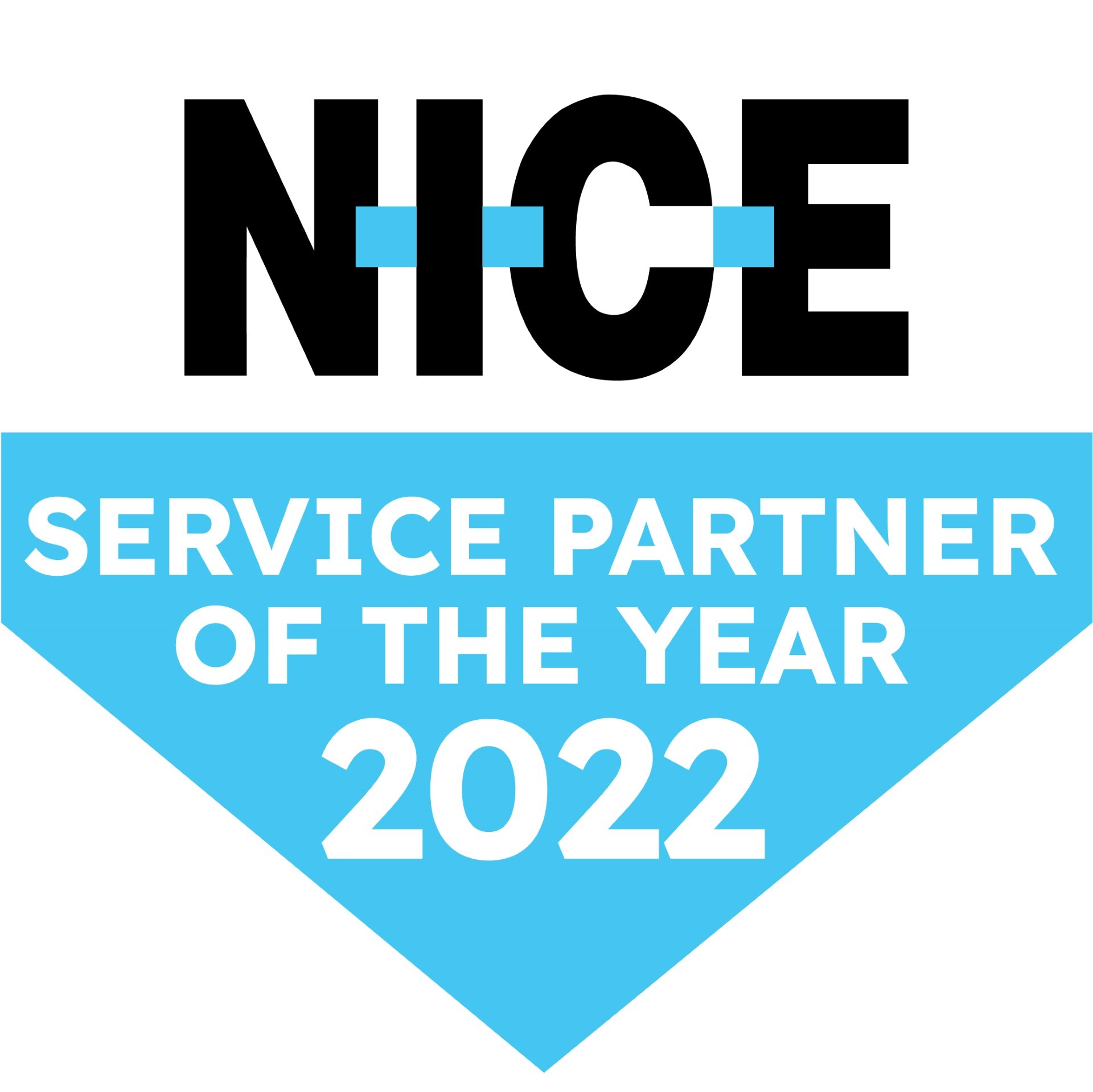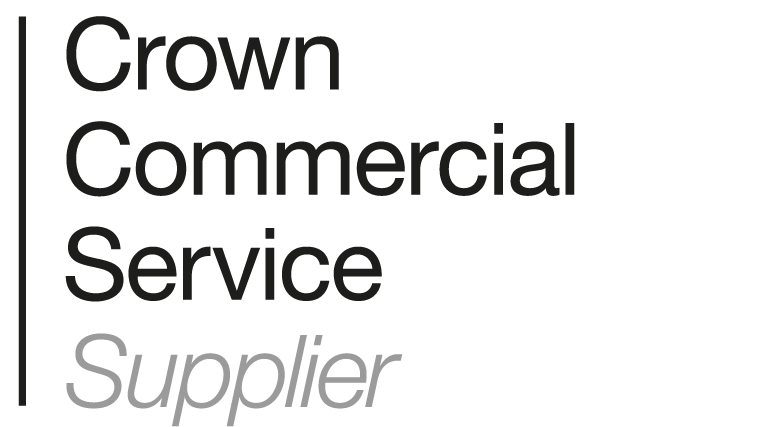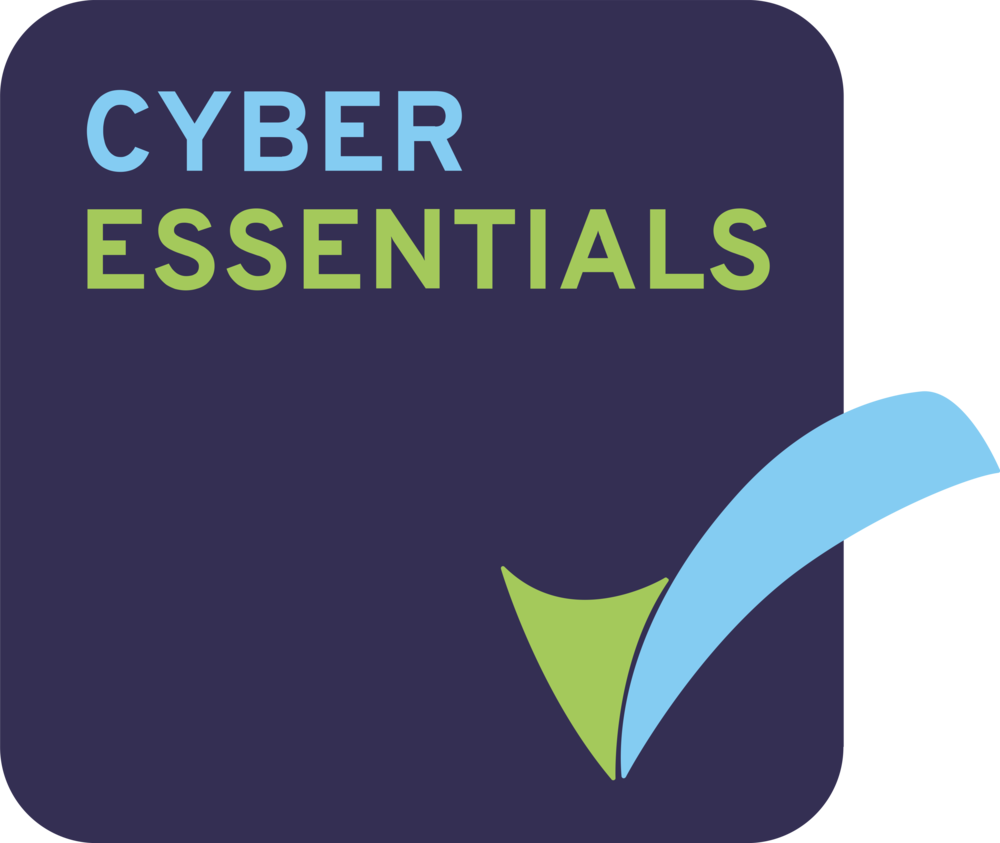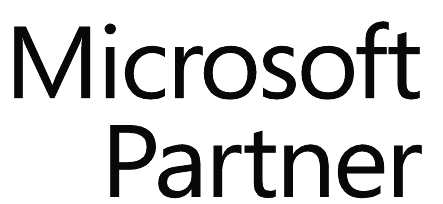Guest Blog – Rachel Auer, Product Marketing Manager, Calabrio – USA
In the era of big data, data is everywhere! But accessing and using this data can be tricky, and that’s where analytics can become a vital tool. So, we teamed up with our partner Business Systems to host a webinar around this popular topic (to catch the webinar replay, click here >)
For those who couldn’t make it, here’s a re-cap of the session! Firstly, let’s start with a brief definition of what analytics is. Analytics is taking all the information and data that is within your contact center to help you make faster and more consistent decisions that would otherwise go unnoticed. It will give you true insights from your customer and agent interactions. We do this using speech, desktop and text analytics.
Below is a quick summary of 9 use cases for analytics.
*Don’t forget to ask yourself the questions in each section to see if you can answer with confidence instead of making a guess!
Analytics Use Case – First Contact Resolution
Most contact centers are designed, and the staff trained and motivated to achieve first contact resolution (FCR). It is well known that this is an expensive metric to fix if things go wrong as it is extremely important to make sure the first experience with the contact center is excellent. But some customers are going to call back, and there is no way around this. However, what you can try and do is reduce these call-backs. Here is where analytics comes in. You can use speech analytics to build a list of common words and phrases that indicate someone is calling back on the same issue, enabling you to accurately link repeat calls to problem areas.
Ask yourself the following questions when improving first contact resolution in the contact center:
- Why are repeat callers ending up as an escalation?
- Are customers calling back often for a problem that could be a simple training or process fix?
Analytics Use Case – Increasing Customer Satisfaction
At the end of the day all these use cases increase customer satisfaction but putting an actual number on customer satisfaction is hard. Typically, companies are getting only 1-2% response rates on their customer surveys, which is leaving 98% of your team’s interactions with no results. In comes the hero of analytics – Predictive Net Promoter Score (NPS) dashboard. This robust dashboard within the analytics system, will provide an NPS score to 100% of your interactions. This gives your teams a customer satisfaction score that you can act on and measure the results.
Ask yourself the following questions when increasing customer satisfaction in the contact center:
- Is our new website layout causing more customer effort?
- What region of agents have the highest customer satisfaction scores on all call types?
Analytics Use Case – Escalation Management
Escalations in the contact center are extremely costly to your organization, both in terms of your operational costs (longer contacts, more agent time, more management/leadership time) and your customer costs (lower customer satisfaction, loss of loyalty and potential brand damage). To help amend this, analytics allows you to build a list of keywords and phrases that indicate the need for escalation. This smart approach to escalation management ultimately helps to reduce overall escalations, improving customer satisfaction and helping your agents have confidence on these tricky calls.
Ask yourself the following questions when trying to improve escalation management in the contact center:
- Are agents escalating the right calls and doing so properly?
- What is the sentiment of the customer at the end of an escalated call?
Analytics Use Case – Technology Evaluation
Desktop analytics often gets a “big brother” “spy software” reputation, but that is not the best use case of this technology. More than ever, desktop analytics is a critical piece to your organizations tool for work from home agents. Desktop analytics is light and agile – about 500 KB of data vs screen recording is 1MB per minute. Desktop analytics allows you to quickly dig into what your agents are using for technology. This information is easy to report, analyze and act on quickly, without ever having to watch a screen recording or listen to a call.
Ask yourself the following questions when considering new technology to help benefit your contact center:
- Are your agents struggling with technology during certain points with a contact?
- Do agents still use technology that is not the most efficient on calls?
Analytics Use Case – Improving Cross-Sell and Upsell
By building a list of keywords, you can identify and evaluate cross-selling or upselling opportunities within your contact center. By cross-referencing sales data and customer satisfaction scores and analyzing the keywords and effective sales strategies that are well-received by customers, you can quickly spot trends in the data.
This data can then be shared among the team where most agents are incentivized to sell more so they are going to want to know what their top selling peers are doing to achieve this. This is valuable information that could never be collected and shared if you had to manually listen to every single call!
As yourself the following questions when trying to improve cross-selling and up-selling within your contact center:
- Which agents are selling more and why? Do they have a unique approach?
- Do certain customers use particular words or phrases that show buying signals?
Analytics Use Case – Competitive Intelligence
Contact center information should never stay within the walls of one department. Often, customers may share opinions about things like product design and marketing campaigns, and they may even request new features. This is information which analytics can easily pick up through pre-defined keywords (such as competitor names when referencing products customers might prefer). All this feedback will help your team design a better product, service, and overall customer experience, as well as identify upsell and cross-sell opportunities.
Ask yourself the following questions when gathering competitive intelligence within your contact center:
- Are you hearing valuable insights on your competitors’ promotional campaigns?
- Did you miss an opportunity to design a feature different?
Analytics Use Case – Increasing Agent Engagement
Engagement starts with a brand’s ability to make personal connections with customers, and if your contact center agents aren’t excited and engaged, then customers won’t be as likely to share positive sentiments with friends, either on or offline. Take the time to learn what your agents want and need. Measure and understand what agents are doing well and celebrate success. This can be done using predictive analytics which can generate agent performance scores for 100% of customer interactions, providing a near-real time feedback to agents. Through measurement, these predictive scoring tools can feed into agent dashboards, performance benchmarking and even Gamification features to drive performance.
Ask yourself the following questions when increasing agent engagement in your contact center:
- Are agents surprised in their 1-1 by their performance numbers?
- Can you tell each agent their individual impact on customer satisfaction?
Analytics Use Case – Evaluating Marketing Campaign Impact
Most marketing campaigns are done from social media and email. By combining that information with the information from voice interactions, you can gain a true goldmine of information. Building keywords and phrases around a targeted marketing campaign using analytics can allow you to see, in near-real time, how your customers are receiving the campaign. You can see what resonates and what successfully drives action—including by demographic—and adjust messaging and targeting accordingly.
Ask yourself the following questions when evaluating a marketing campaign within your contact center:
- Did a recent marketing campaign cause an increase in calls?
- What was the sentiment with your customers on each of your marketing campaigns?
Analytics Use Case – Optimizing Inventory and Supply Chain
Analytics can show you the products or services your customers are talking about right now. Trending keywords may indicate surging demand, giving you a head-start on replenishing inventory. Trending products may also be early warning signs of inventory or supply chain issues. Historical analysis of product keywords can then be used for inventory and supply chain planning, which may also reveal seasonal fluctuations in product demand, for example.
This was a summary of the 10 ways to use targeted analytics tools for your contact center – proven strategies from our own customers that are driving business value for some of the leading brands across nearly every industry!
Which use case do you think would bring your contact center the most value? For me – it’s got to be predictive analytics – it might have been able to predict that my dog would bark at the exact same moment I started presenting this webinar – one of the most common challenges of working from home!
For more information on how analytics can unlock intelligence in your contact center:
Get in touch with the team >
Download our joint guide – Top 10 Use Cases of Contact Center Analytics >
Catch the webinar replay >















